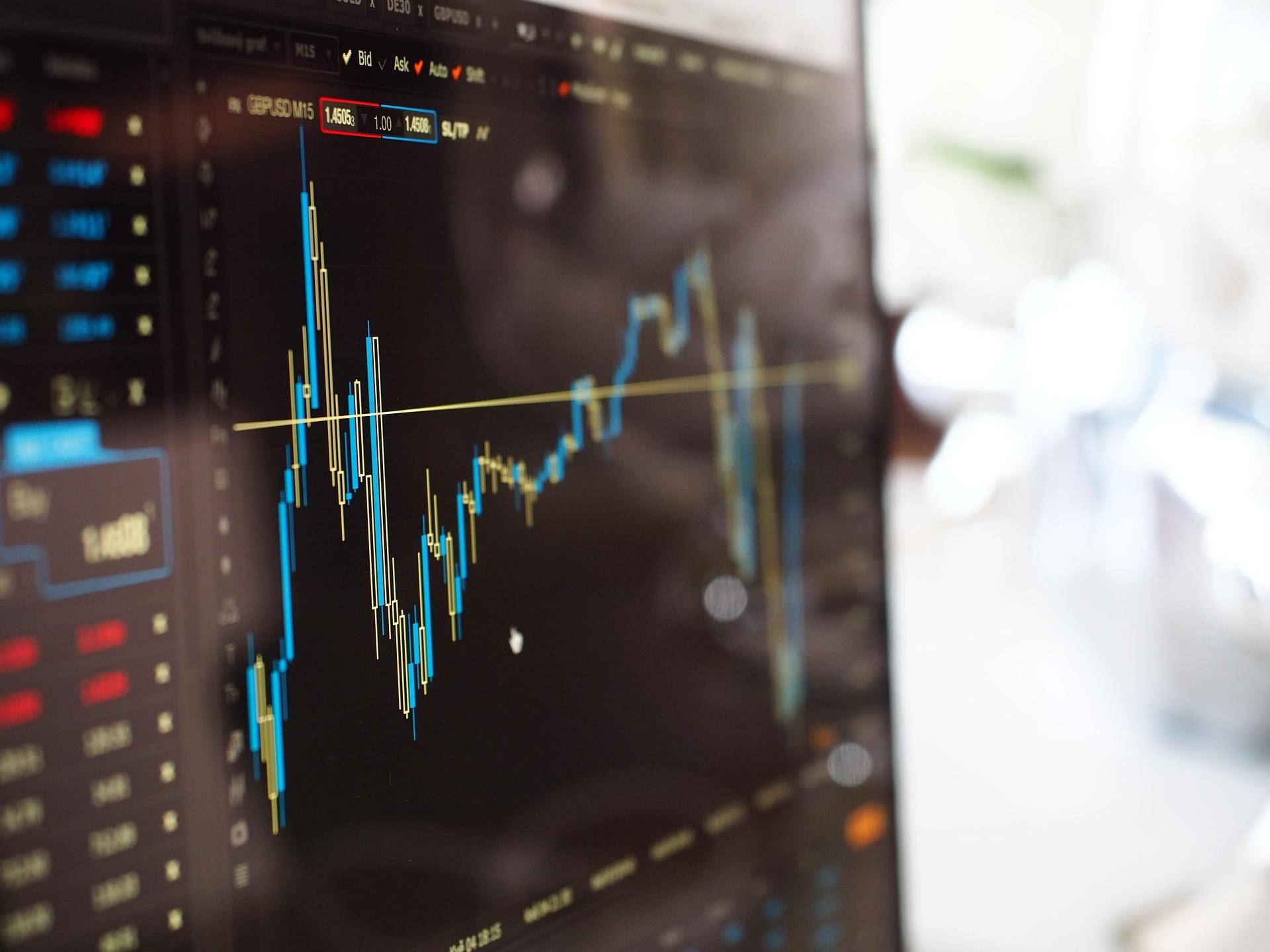
Foreign institutional investors (FIIs) have further reduced their exposure to Indian equities, pushing their shareholding to the lowest levels seen in over a decade. According to Bloomberg data, FII ownership stood at just 15.85 percent in August 2025, with the value of their holdings at ₹70.33 lakh crore. This marks the lowest ownership since 2012, when FII participation hovered around 15.5 percent.
A look at the trend since 2012
The chart shows how FII ownership in Indian equities has fluctuated over the past 13 years.
In June 2012, FII ownership was at 15.5 percent.
A sharp rise followed, with foreign ownership climbing above 20 percent by 2014–15, reaching its peak of around 20.5 percent.
From 2015 to 2020, ownership remained largely between 18 and 20 percent, with brief surges and corrections.
Post-2020, the decline began to accelerate. By June 2022, FII ownership fell sharply from above 19 percent to around 17 percent.
This downtrend deepened through 2023 and 2024, falling steadily below 16.5 percent.
Finally, in August 2025, the figure dropped to 15.85 percent, the weakest level since June 2012.
This long-term decline underscores the consistent withdrawal of foreign investors despite the overall growth of Indian equity markets.
What explains the steep fall?
Several global and domestic factors are driving this retreat:
1. Global headwinds – Persistent inflation, high interest rates in developed economies, and a stronger U.S. dollar have made emerging market equities relatively less attractive.
2. Geopolitical tensions – Ongoing conflicts and trade disputes have added uncertainty, prompting FIIs to rebalance portfolios toward safer assets.
3. Valuation concerns – Indian equities continue to trade at premium valuations compared to peers, raising questions about sustainability.
4. Tariff pressures – Recent tariff changes by the U.S. on Indian goods, particularly IT and manufacturing exports, have heightened risk perceptions.
Domestic investors taking charge
The decline in foreign ownership has been offset by strong participation from domestic investors. Retail investors, mutual funds, insurance companies, and pension funds have steadily increased their market presence. The popularity of systematic investment plans (SIPs) has ensured a steady inflow of capital, reducing reliance on foreign money.
In fact, while FIIs have been net sellers in several phases over the last few years, DIIs have often stepped in to stabilize the markets. This structural shift reflects a maturing equity market where domestic savings are playing a central role in wealth creation.
Impact on the market
The fall in FII ownership to 13-year lows has both short-term and long-term implications.
Short-term: Reduced foreign participation can dent liquidity and increase volatility. FIIs are influential players whose buying or selling activity often shapes global investor sentiment toward India.
Long-term: India’s equity market is becoming less dependent on foreign inflows. This makes the market more resilient to external shocks, though the absence of large foreign inflows could limit momentum during bullish phases.
The road ahead
Analysts believe FIIs may remain cautious in the near term, especially as global markets await clarity on interest rate cycles, U.S. economic growth, and geopolitical tensions. However, India remains an attractive destination for long-term investors due to its strong GDP growth, robust consumption, digital transformation, and government-led reforms.
If global conditions stabilize and valuations ease, foreign investors could return. For now, though, the baton has clearly passed to domestic investors, who are increasingly driving the Indian stock market’s trajectory.
Conclusion
The decline of FII ownership to 15.85 percent in August 2025, from a peak of over 20 percent a decade ago, is a landmark moment for Indian markets. It highlights a fundamental shift where domestic investors are emerging as the backbone of the equity market. While foreign capital remains important, the resilience and maturity of Indian markets now rest more on local participation than ever before.




